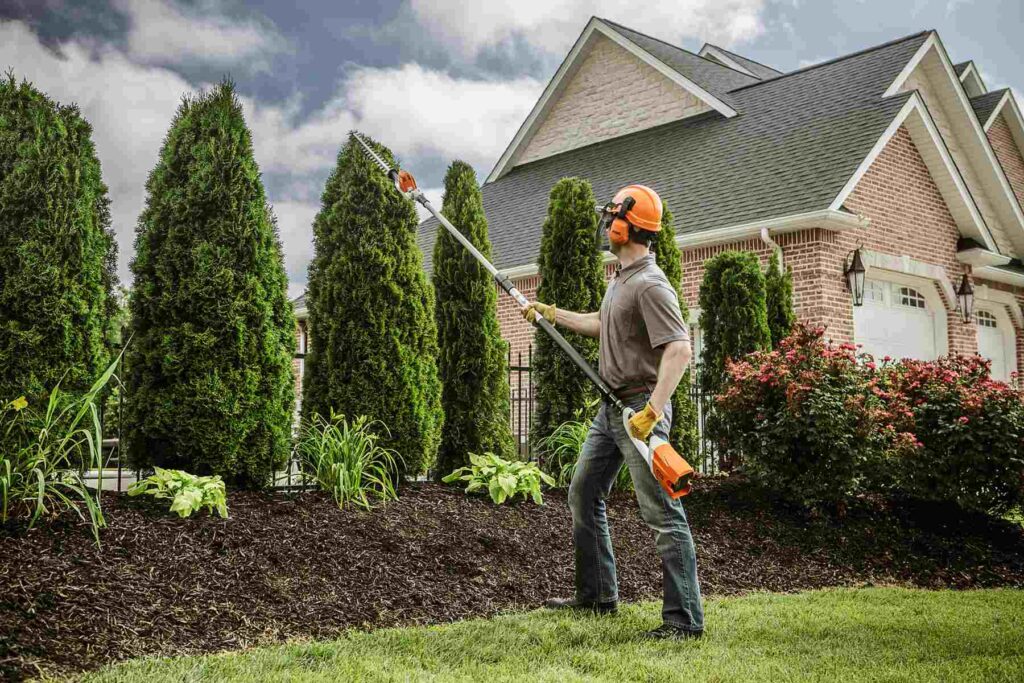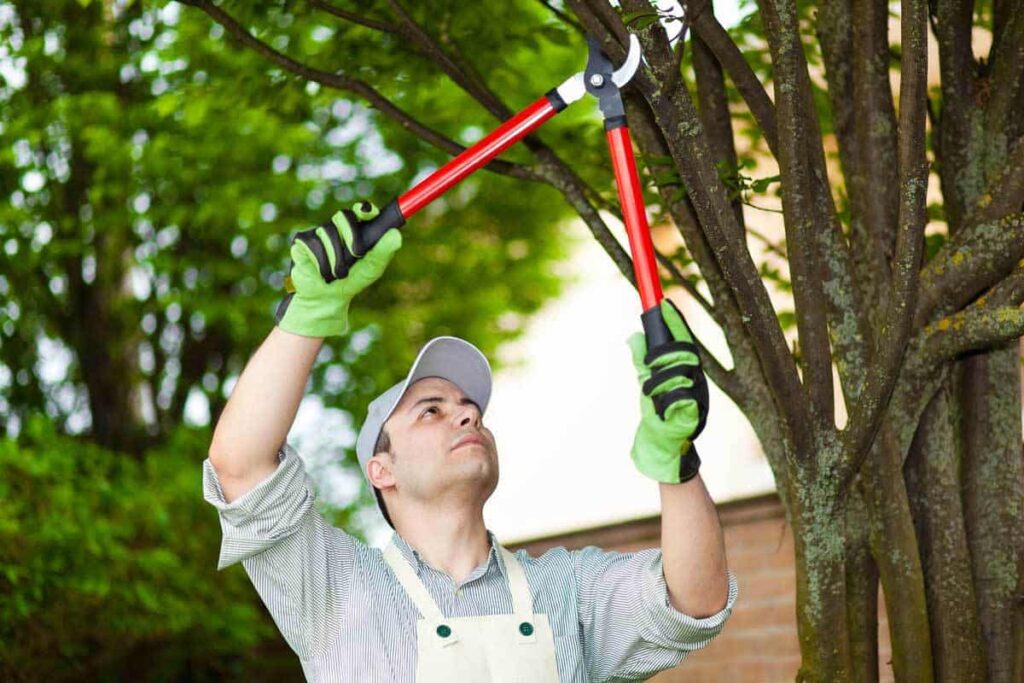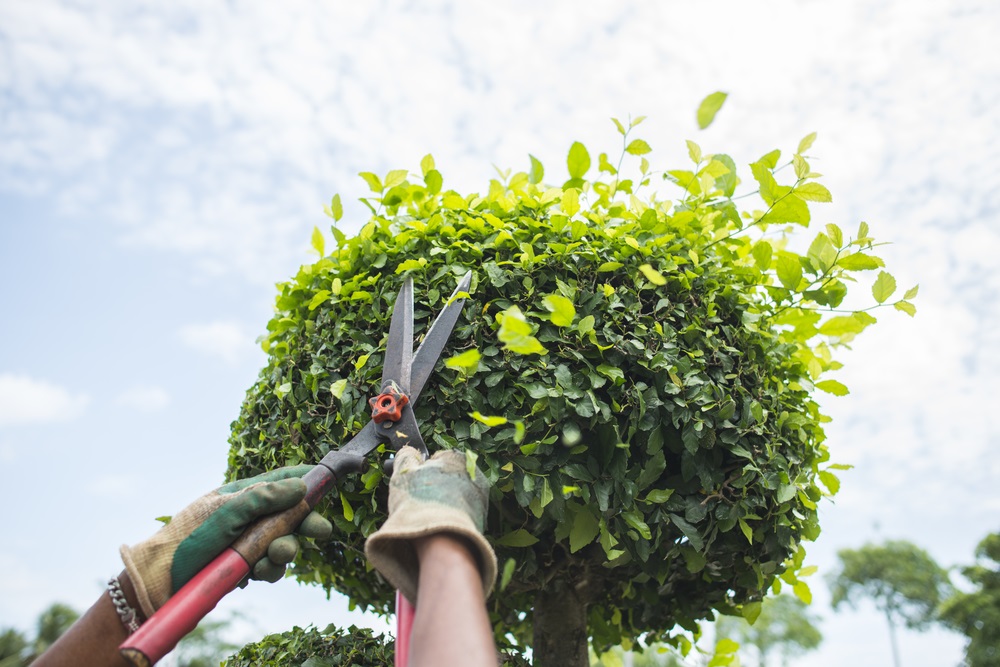As the days get longer and the weather warms, spring is the perfect time to give your trees the attention they deserve. Proper tree trimming not only enhances the appearance of your yard but also plays a vital role in the overall health and vitality of your trees. Whether you’re a seasoned gardener or a first-time homeowner, learning the right techniques for tree care can make a significant difference in how your trees thrive throughout the growing season.
In this blog, we’ll explore essential tree trimming tips that promote healthy growth, prevent disease, and ensure your trees remain strong and beautiful. From understanding the best time to trim to recognizing the importance of pruning, these expert tips will help you achieve optimal tree health this spring.
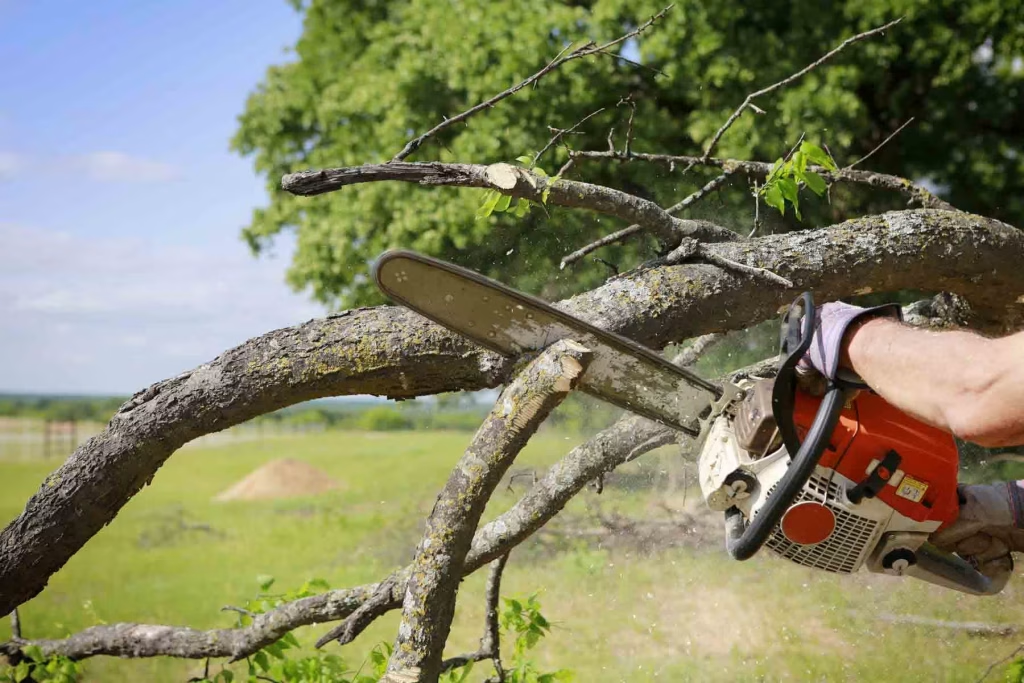
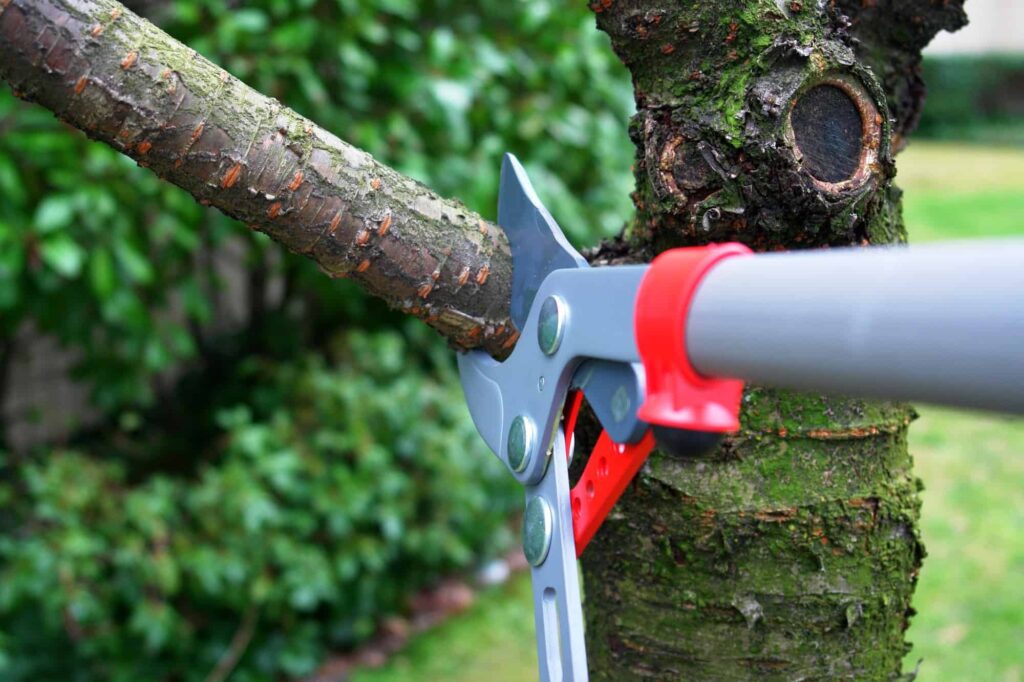
One of the most important factors in tree trimming is timing. While the winter months may seem like an ideal time to prune, spring offers a unique opportunity to ensure your trees stay healthy and vibrant. The key is to wait until the last frost has passed before getting started. For most trees, early spring is the optimal time to trim as it helps encourage new growth without disrupting the tree’s natural growth cycle.
By trimming in early spring, you’ll help your tree redirect its energy toward healthy new branches and leaves. Trimming too early, during the dormant period, can stress the tree and inhibit growth. Trimming too late in the spring, on the other hand, can lead to cutting off new growth that the tree needs for the season.
When it comes to tree trimming, it’s essential to remove any dead, diseased, or damaged branches first. These branches not only detract from the appearance of your tree but can also compromise its health. Dead or damaged branches can become breeding grounds for pests and diseases, which may spread to other parts of the tree.
Start by inspecting your tree thoroughly for any branches that show signs of damage, discoloration, or disease. Remove them with sharp pruning shears or a saw. Make sure to cut back to a healthy portion of the branch, and always disinfect your tools after each cut to prevent the spread of disease.
Proper tree trimming focuses on maintaining a healthy structure. Avoid cutting back too much of the canopy in one go, as this can lead to a weak tree that is more susceptible to wind damage. Instead, focus on thinning out the inner branches to allow light and air to reach the center of the tree. This will help promote strong growth and prevent the tree from becoming too dense, which can hinder airflow and increase the likelihood of fungal infections.
If you’re working with a young tree, focus on shaping it to ensure it grows with a strong, central leader (main trunk). A well-structured tree is more likely to thrive in the long run.
Using the right tools for tree trimming is crucial for ensuring a clean cut and minimizing damage to the tree. Dull or improperly used tools can crush branches, leaving them more vulnerable to disease. Invest in high-quality pruning shears, a pruning saw, and loppers to ensure your cuts are precise and smooth.
For branches that are too high or thick to reach, consider using a pole pruner or hiring a professional tree care service to safely trim the tree. Safety should always come first, especially when dealing with larger trees. If you’re unsure, it’s better to call in a professional rather than risk injury.
When trimming your tree, aim to improve airflow and sunlight penetration throughout the canopy. Trees that are too dense can suffer from poor circulation and reduced sunlight exposure, both of which can stunt growth and promote disease. By selectively removing branches that block airflow or sunlight, you allow the tree to receive the energy it needs for healthy growth.
Make sure to remove any crossing branches that rub against each other, as these can create wounds that invite pests and disease. Thinning out crowded branches also ensures that your tree’s leaves have ample space to breathe and absorb sunlight, which is essential for photosynthesis and overall tree health.
While trimming is essential, it’s important to avoid over-trimming. Cutting back too much foliage at once can shock the tree and reduce its ability to photosynthesize, leading to weak growth. Instead, aim for a more gradual approach, trimming only 10-15% of the tree’s overall growth each year. This allows the tree to recover and thrive without too much stress.
If you need to remove larger branches, do so gradually over several seasons to avoid overloading the tree. A little bit of trimming each year will keep your tree in top shape while minimizing the risk of damage.
While many homeowners can handle basic tree trimming tasks, certain situations may require the expertise of a professional arborist. If your tree is particularly large, has structural issues, or is at risk of disease, hiring a professional may be the best option. Arborists have the knowledge, experience, and tools necessary to trim trees safely and efficiently.
Conclusion
Tree trimming in the spring is essential for ensuring your trees grow healthy and strong throughout the season. By following these tree trimming tips, you can improve the structure, vitality, and appearance of your trees while preventing disease and damage. Remember to trim at the right time, prune for structure, and use the proper tools to achieve the best results.
For more complex trimming or larger trees, don’t hesitate to consult a professional arborist. They can provide expert advice and services to ensure your trees stay healthy year-round. Start your spring tree care routine today and enjoy the beauty of thriving trees in your yard.
